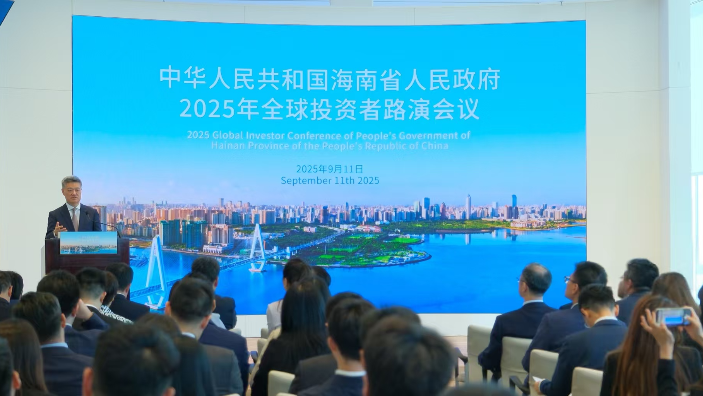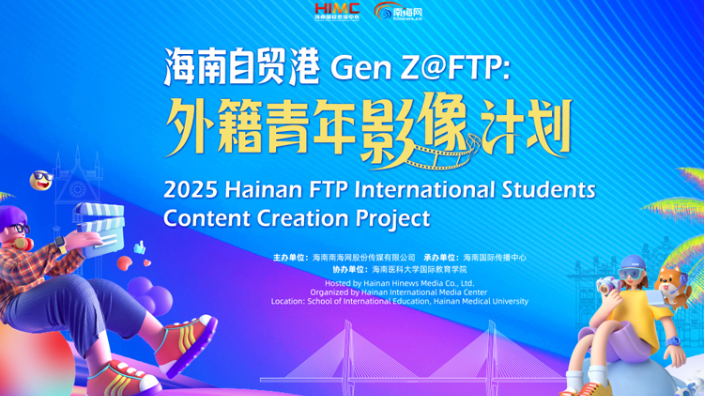By continuing to browser our site and use the services you agree to our use of cookies, Privacy Policy and Terms of Use. You can change your cookie settings through your browser.
Promoting the integration of the cultures of minority and majority ethnic groups and showing off the charm of the many traditional sports practiced by China's ethnic minorities, the 12th National Traditional Games of Ethnic Minorities is slated to be held in Sanya this November.

Promotional poster for the 12th National Traditional Games of Ethnic Minorities (Wang Chenglong / Hainan Daily)
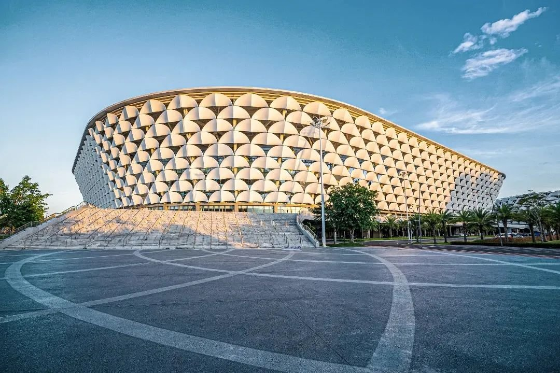
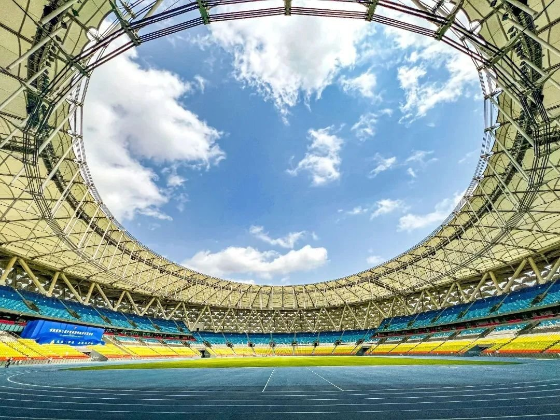
Dragonboat racing, Wushu, Firecracker Ball (a sport which has been likened to “Rugby with Chinese Characteristics”), Stilt Racing, and Bökh (or Mongolian Wrestling) are among the competitions which will take place at the Games.
Traditionally played by members of the Dong and Zhuang ethnic groups, Firecracker Ball originates in southwestern China where it is a feature of the fall harvest season; Stilt Racing originates from the stilts used to navigate the water logged paddies where the Tujia and Miao ethnic groups grow their rice; and Bökh is—alongside horsemanship and archery—one of the grassland’s "Three Manly Skills."
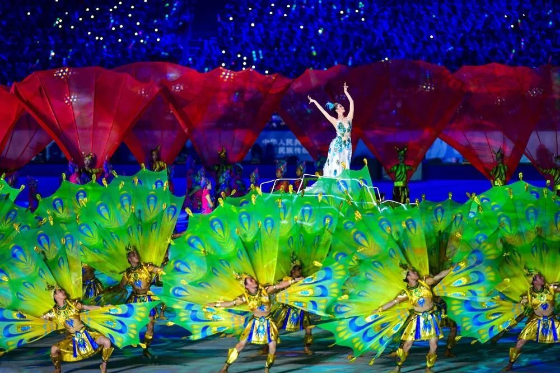
The Games are the earliest of the nationwide comprehensive sporting events to be held in China. Beginning with less than 400 athletes from 13 ethnic groups at the first edition in 1953, the most recent Games had just shy of 10,000 participants from 56 ethnic groups. At the same time, the number of categories of competitive sports and performance items has also increased from only eight to over 170. Consistently an important platform for athletes from all ethnic groups to communicate with each other and make cultural exchanges, the Games have also become a stage for the display of traditional Chinese culture.
To give an example of some of the ways in which the Games are promoting exchange and education, this year’s National Traditional Games of Ethnic Minorities of the People’s Republic of China will include six types of folk wrestling. Furthermore, although the aerobics and acrobatics display is only one short event, it incorporates traditional dance moves from more than 20 ethnic groups alongside cultural elements of creativity from performance art such as Peking Opera.
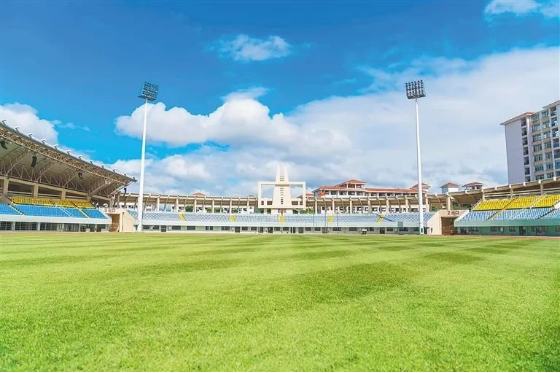
The Sanya Technician College Stadium will host the 12th Games’ Wooden Shoes Race and Stilt Racing events. (Photo: Shang Yongchao)
Over the past 70 years, of the nearly 1,000 traditional sports that have been identified, 700 come from ethnic minority groups.
With some games—such as the Manchu group’s Pearl Ball—the original rules were once thought lost to time. However, diligent efforts by numerous scholars led to discovery of enough evidence to formulate a modern set of rules. After the modern version of Pearl Ball made its debut at the 1986 National Traditional Games of Ethnic Minorities, it quickly became a regular event, and—in 2008—it was inscribed on the National Intangible Cultural Heritage List. By regularly holding these Games, it has been possible for numerous other "endangered" traditional ethnic sports to regain vitality; and a growing number of said sports are not only coming out of the hinterland but also being adopted internationally.
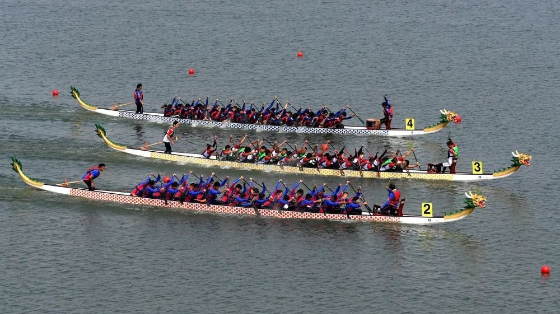
The Dragon Boat Race at the 11th National Traditional Games of Ethnic Minorities of the People’s Republic of China on September 9, 2019 (Li An / Xinhua)
At the same time—and with the goal of bringing attention and protection to more of them—each region is deeply exploring its own traditional sports and cultural resources and using the platform created by the Games to popularize them. Some shining example of this are the 30 traditional ethnic minority sports (such as Spinning Tops, Crossbow Archery, and Giant Swing) from Yunnan, the 22 provincial level ethnic sports bases established in Shandong, and the schools, art training centers and cultural expo parks which Xinjiang has established for the promotion of Darwaz Tightrope Walking.
Not only that but many of these traditional sports are using the spotlight currently being shone on them to innovate, improve, and standardize their competition rules. Gansu, Guangxi, and Jiangsu are three examples of this with Gansu strengthening the integrated development of culture, sports and tourism, Guangxi using the traditional Sanyuesan festival to attract attention to ethnic minorities’ traditional sports, and Jiangsu strengthening the excavation, compilation, translation, and publication of historic books on the topic.
FTP Expert Talks | Xiaodong Lee, Vice President of the Internet Society of China and Founder of the Fuxi Institution: Hainan is the "Nebula" of New Digital Youth
09:47, 12-September-2025Hainan Issues Offshore RMB Bonds in HK for 4th Consecutive Year
09:46, 12-September-20252025 Hainan FTP International Students Content Creation Project
02:28, 12-September-2025What Makes "Hainan Travel" So Appealing?
09:38, 11-September-2025100 Days to Go: What's Next for Hainan-Hong Kong Cooperation?
09:38, 11-September-2025Expert Talks Ep. 4: The Future of the FTP's Digital Economy
09:35, 11-September-2025By continuing to browser our site and use the services you agree to our use of cookies, Privacy Policy and Terms of Use. You can change your cookie settings through your browser.

